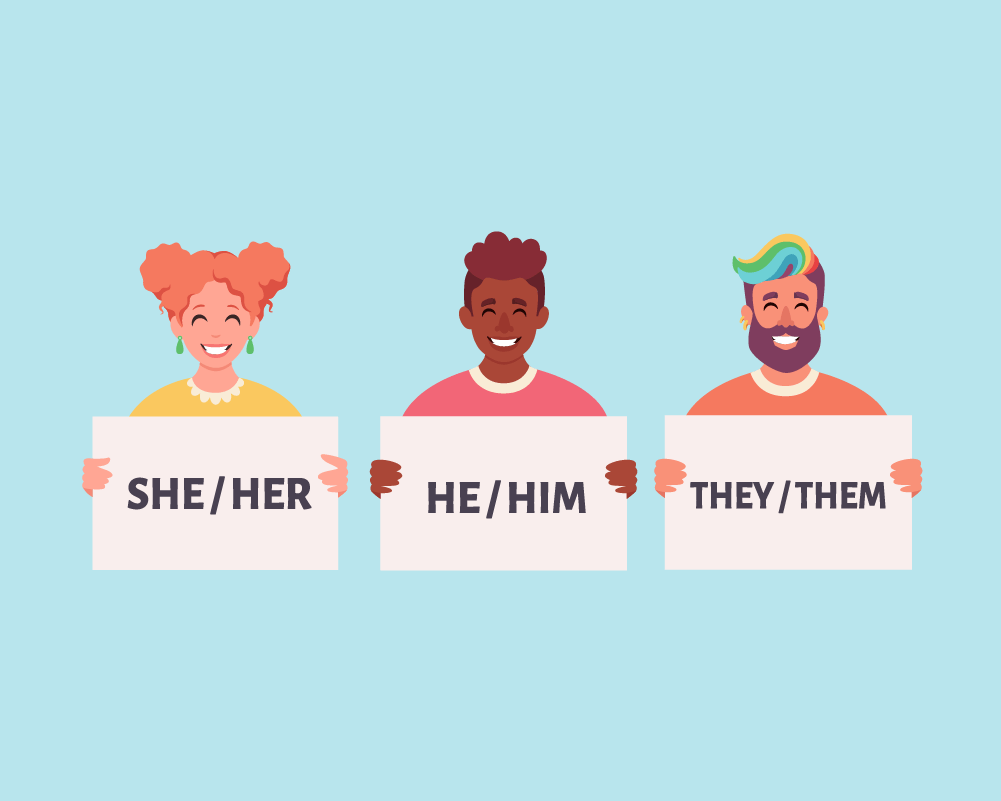Translation at the Crossroads: Gender Neutrality
|
Font size:
Gender neutrality has been troubling linguists for the last decade, and rightfully so. How do we express it? Some languages have had a way to express it, while others have created one to be politically correct. What is that politically correct way to express gender neutrality, and how do you render it through translation?
The role of the translator
Arguably, translators must convey the meaning and intent of the source text(s) as faithfully, accurately, clearly, and appealingly as possible. But at the same time, translators are responsible for avoiding gender-biased language and opting for gender-neutral alternatives in cases where the source language text is not gender-specific.
Regarding gender neutrality and ways of expressing it, the European Parliament guidelines classify languages into three categories:
● Natural gender languages (English)
● Grammatical gender languages (German and French where nouns have a specific gender and their determiners – adjectives or pronouns – change form according to the gender of the noun they determine)
● Genderless languages (Hungarian, Persian or Chinese which do not have masculine and feminine pronoun forms or already have a built-in gender-neutral form for person)
At the crossroads of political correctness
After years of toil and dispute, LGBTQ advocates have managed to break the barriers of gender-focused language by introducing new non-binary terms and phrases and repurposing existing words and syntactic constructions.













